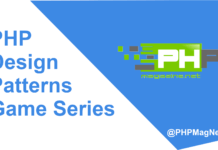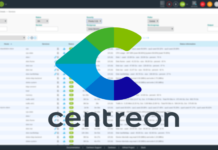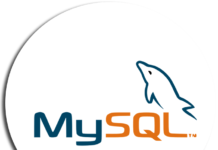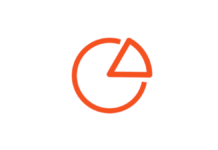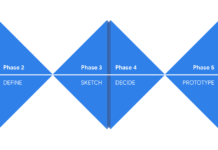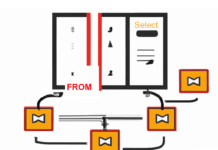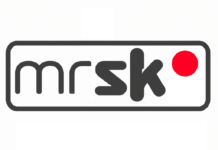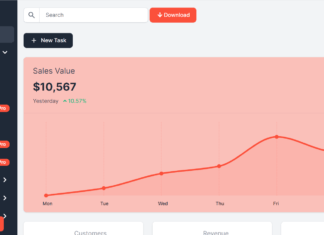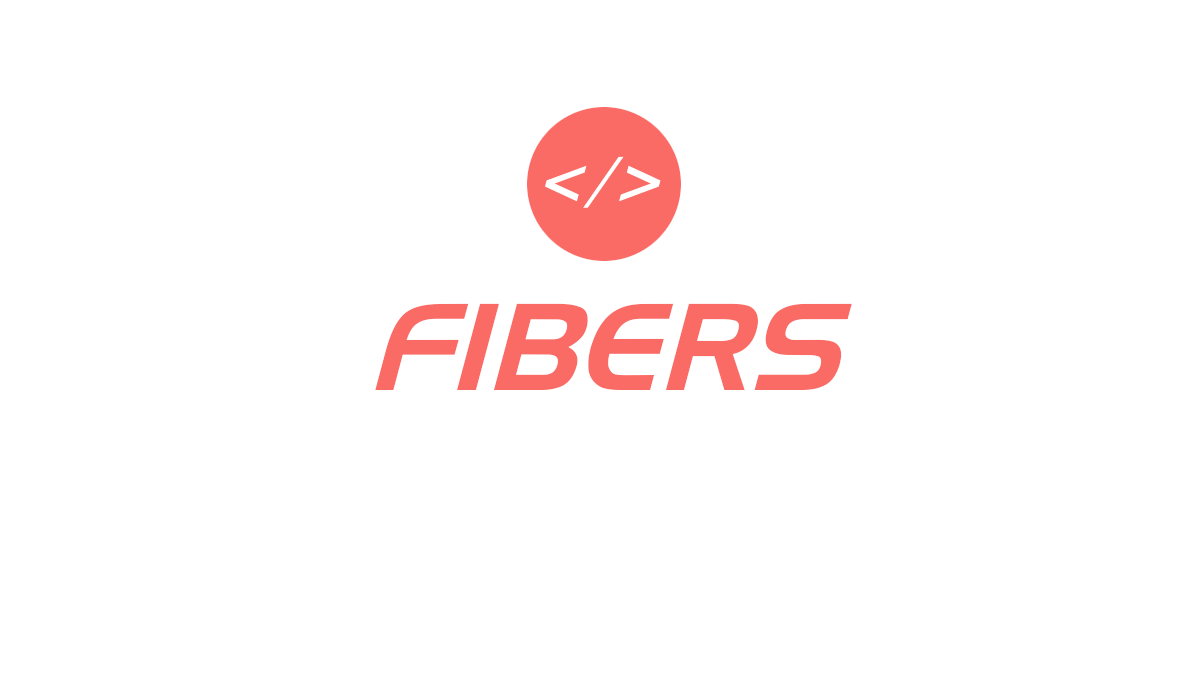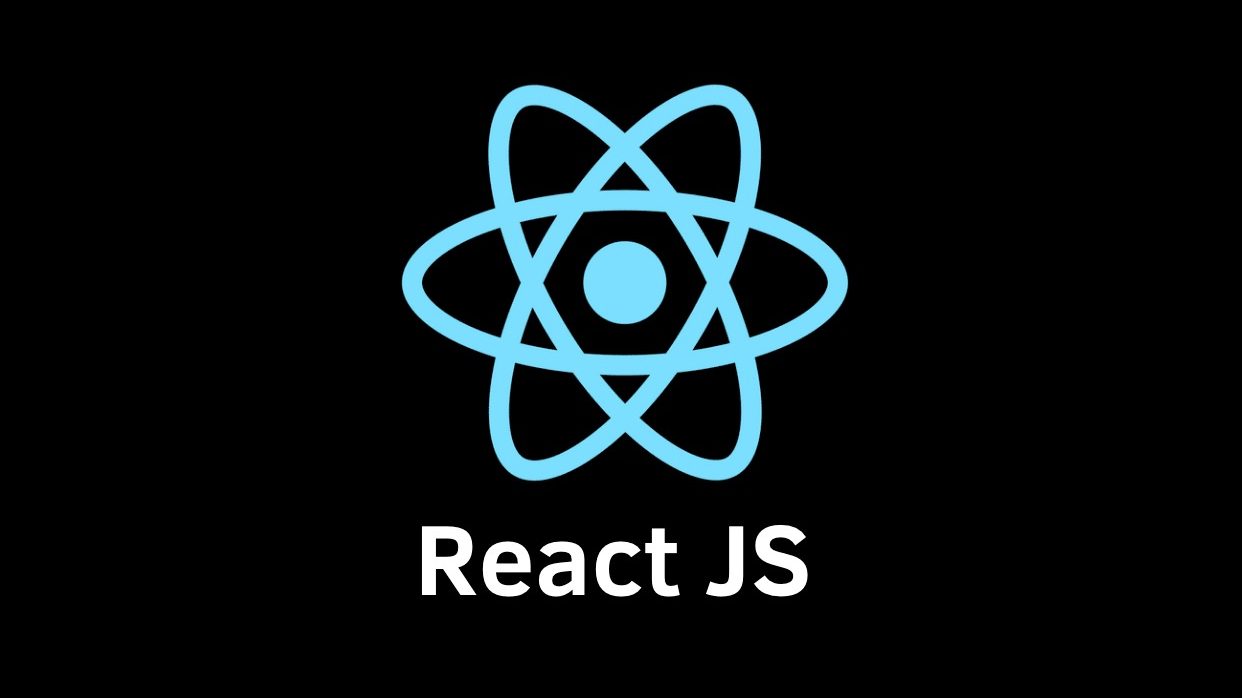
As a continuation of the first post on the Morfik WebOS Architecture, here is the part two and we will cover here the event driven nature of Morfik WebOS applications, and the Morfik’s design methodology for building WebOS Applications.
The event driven nature of Morfik WebOS applications
Unlike the server-centric architecture of current web-applications Morfik WebOS applications are browser centric. Amongst other things this means all the user-interface events are handled within the browser. The server side events are program generated and not related to the user interface. The browser centric nature of the Morfik WebOS application model makes the ‘glue logic’ that is required for combining various user interface elements a lot more intuitive than the current server-centric models. Events such as click, mouse down, mouse move, etc are all handled within the browser similar to the visual programming environments used to for desktop applications. Within the associated event handlers of such events lies the bulk of the glue logic needed for binding various elements of the user interface.
Morfik’s design methodology for building WebOS Applications
Morfik’s design methodology is based on the simple notion that a developer should only focus on tasks that are related to the problem that is being solved. The development tool should do the rest of the ‘plumbing work’. This concept is referred to as ‘raising the abstraction level of design’.
Windows development in late 80’s was done at a very low level of abstraction. As a result most of the developer’s time was taken up by the plumbing work and less on the actual application development. in the Early nineties, revolutionary tools such as MS Access, Visual Basic and Delphi through a new system of visual design, object orientated/based programming and internal code generators turned the table around and opened up the field of Windows programming to the masses.
Prior to the introduction of these tools there were many improvements made through simple code generators which attempted to reduce the chores of windows programming by automatically generating code that performed standard tasks. However, they all fell short due to the fact that once they created the code the programmer was expected to mage the auto generated code. A big part of Delphi and Windows and MSAccess’s success was due to the fact that they completely internalized that layer.
The same process inspires Morfik’s design methodology. Morfik regards, HTML, CSS, JavaScript, XML, etc. at the same level as such concept as resource script, PostScript, assembly code etc.
Whilst it is possible, within Morfik, to manipulate code at this level, it does not encourage this way of programming. In Morfik JavaScript is viewed as the assembly code for the browser and it has a support that is similar to the in-line assembly code within a C compiler. Similarly, HTML, CSS are treated like the PostScript code sent to printers.



